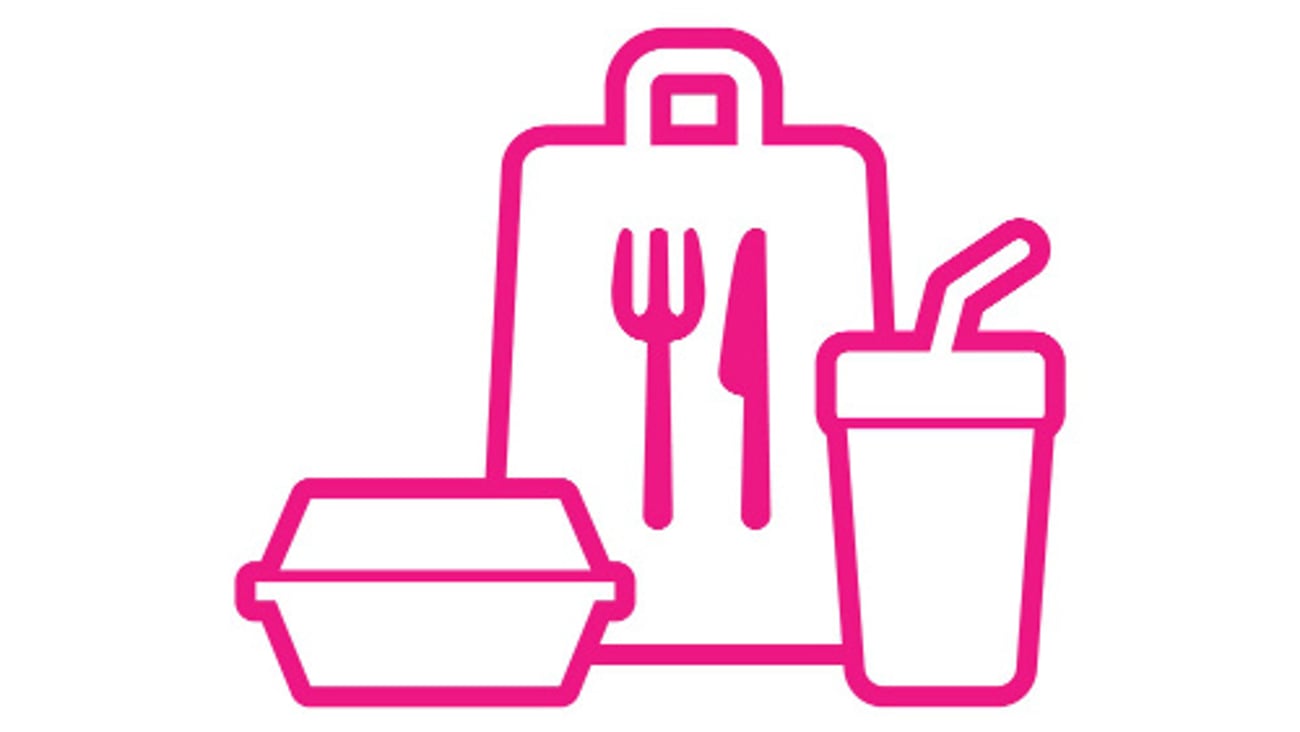Attracting women
Convenience and gas outlets have long relied on males to pay the bills, but the rising share of female shoppers tends to bring a higher ring and wield more influence.
In early 2020, Ipsos FIVE tracking study revealed that close to half of c/gas shoppers were women (47%), which represented a notable shift in a five-year period (+18%). However, as pandemic lockdowns negatively impacted movement rates and trip frequency, the channel gave up some of the gains among this lucrative target.
Fast forward to 2023 and the most recent data release reveals that women are once again returning, with year-over-year visit rates up by 8%.
For retailers and manufacturers alike, understanding the evolving needs and preferences of women shoppers and, in particular, how they are different from their male counterparts, will be critical to continuing to ensure rebounding in traffic in the channel.
The millennial factor
Women returning to the channel are more likely to be millennial suburbanites, with visit rates rebounding most prominent in Ontario. Interestingly, women from multicultural origins (led by South Asians) are increasingly shopping at c/gas outlets.
Tip: Consider the opportunity to refine shelf sets by targeted geographic locations to include more multicultural food options.
Noshing habits
Men and women may have different preferences when it comes to the types of products they purchase at c-stores. For example, both groups show strong development for sweet and salty snack options. However, growth in salty snacks outpaces male buying habits by close to a two to one margin. Additionally, women show stronger development for seeking fresh snack options, particularly during the daytime hours. Coffee drinks (hot and cold) are also a strong draw by women shoppers.
Tip: Consider portion sizes when building coffee orders. Perhaps a reusable and refillable cup would appeal to women coffee drinkers.
Afternoon delight
Women are also most likely to drop into c/gas locations in the afternoon and early evening hours. In fact 55% of visits occur between 2 and 7 p.m. Conversely, men’s visits are more often book-ended with early morning and late-night stops.
Tip: Consider the opportunity to add convenient meal solutions to meet rushed meal demand.
Female impulse
While ease, low prep, craving, comfort, hunger/thirst and taste continue to be top emotional and functional triggers for c/gas purchases, women are more likely than men to prioritize store location, cleanliness and price, with a strong inclination to impulse purchases.
Tip: Women also show stronger development, particularly during daytime hours, for healthy and nutritious options that alleviate guilt.
Tip: In the continued quest to attract more women shoppers, rising environmental concerns should be top of mind, with sustainability and waste continuing to shape buying choices.
Women are savvy shoppers with discerning tastes and high expectations. It will be critical for the industry to ensure that the product mix, store layouts and overall experience appeal to their daily routines and needs to capture a greater share of the female spend.







